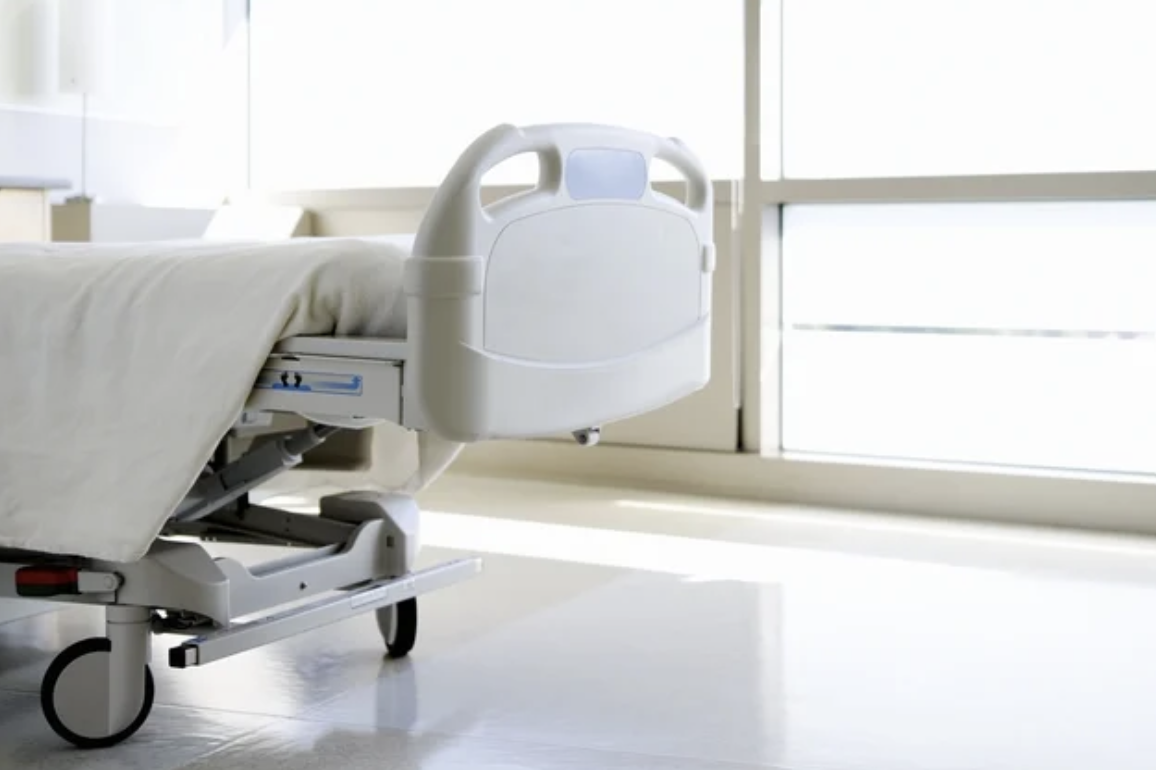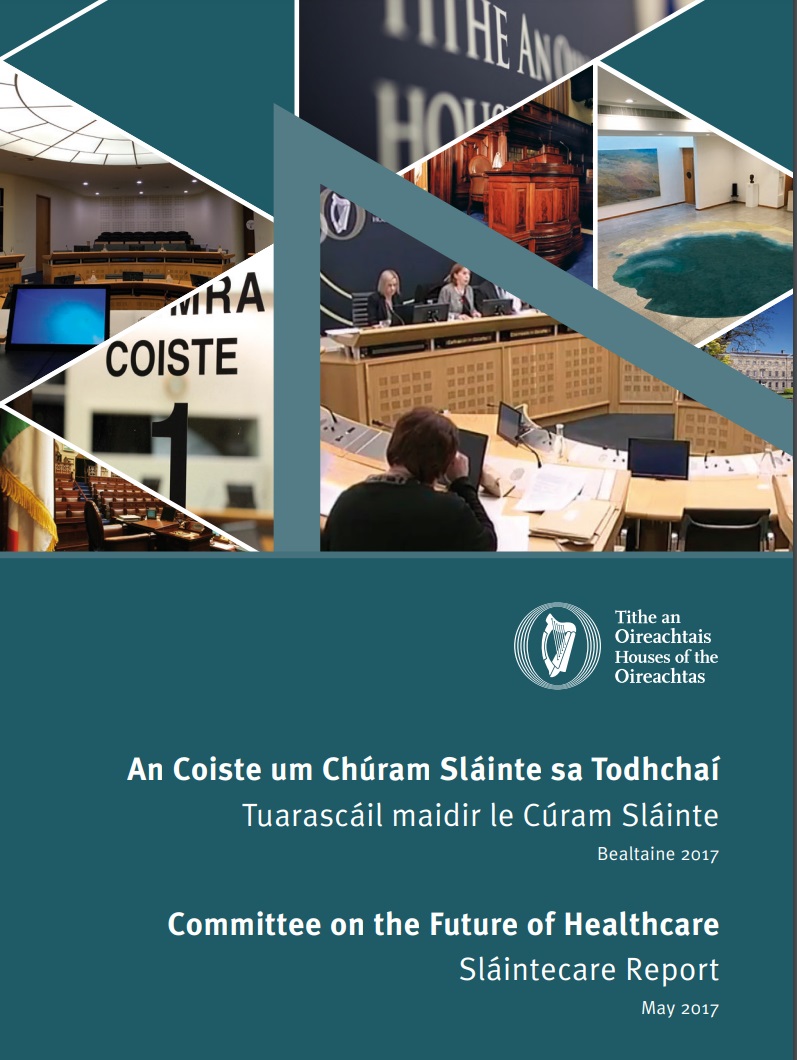The health system: a mix of public and private providers and payers
“The public health system is accessible to all residents”; however, private health insurance (PHI) allows people to gain preferential access to some services and many public services have substantial waiting lists”.
The Department of Health provides overall stewardship, policy direction and performance oversight, and allocates the health budget. The Health Service Executive (HSE) is responsible for managing and delivering health and social care services. These are provided through its own hospitals and structures of Ireland’s Community Healthcare Organisation. General practitioners (GPs), pharmacists and other health professionals are contracted, complemented by large voluntary hospitals and providers of social care.
“[A]ccess and associated charges for services in the public system are determined by an individual’s circumstances. Some public health services are provided universally free of charge, such as maternal and infant care and immunizations”. Approximately 36% of the population benefits from having medical cards for publicly funded services. The cards grant free access to some medical services, including GP services and hospital care, and the cards lower costs for prescription medicines. While the remaining 64% of the population does not benefit from medical cards, “some households may qualify for a GP visit card (10%), granting free GP care but requiring payments for all other services in the public system. GP visit cards are also provided to children under 6 and adults above 70. Around 46% of the population [has] PHI with another 20% not covered by a medical card, a GP visit card or PHI” [2].
Funding and health expenditure in Ireland
References
[1] “Ireland.” World Bank Open Data. Accessed 4 June 2024.
[2] European Observatory on Health Systems and Policies. Ireland Health System Information: Country Overview. Accessed 5 June 2024.
[3] OECD. Ireland: Country Health Profile 2023. Organisation for Economic Co-operation and Development, 2023. OECD iLibrary.
[4] “Current health care expenditure (% of GDP) – Ireland, European Union”. World Bank Open Data. Accessed 4 June 2024.
[5] “Current Health Expenditure per Capita (Current US$) – Ireland, European Union”. World Bank Open Data. Accessed 4 June 2024.
[7] “Domestic General Government Health Expenditure (% of Current Health Expenditure) – Ireland, European Union”. World Bank Open Data. Accessed 5 June 2024.
[6] “Out-of-Pocket Expenditure (% of Current Health Expenditure) – Ireland”. World Bank Open Data. Accessed 5 June 2024.




